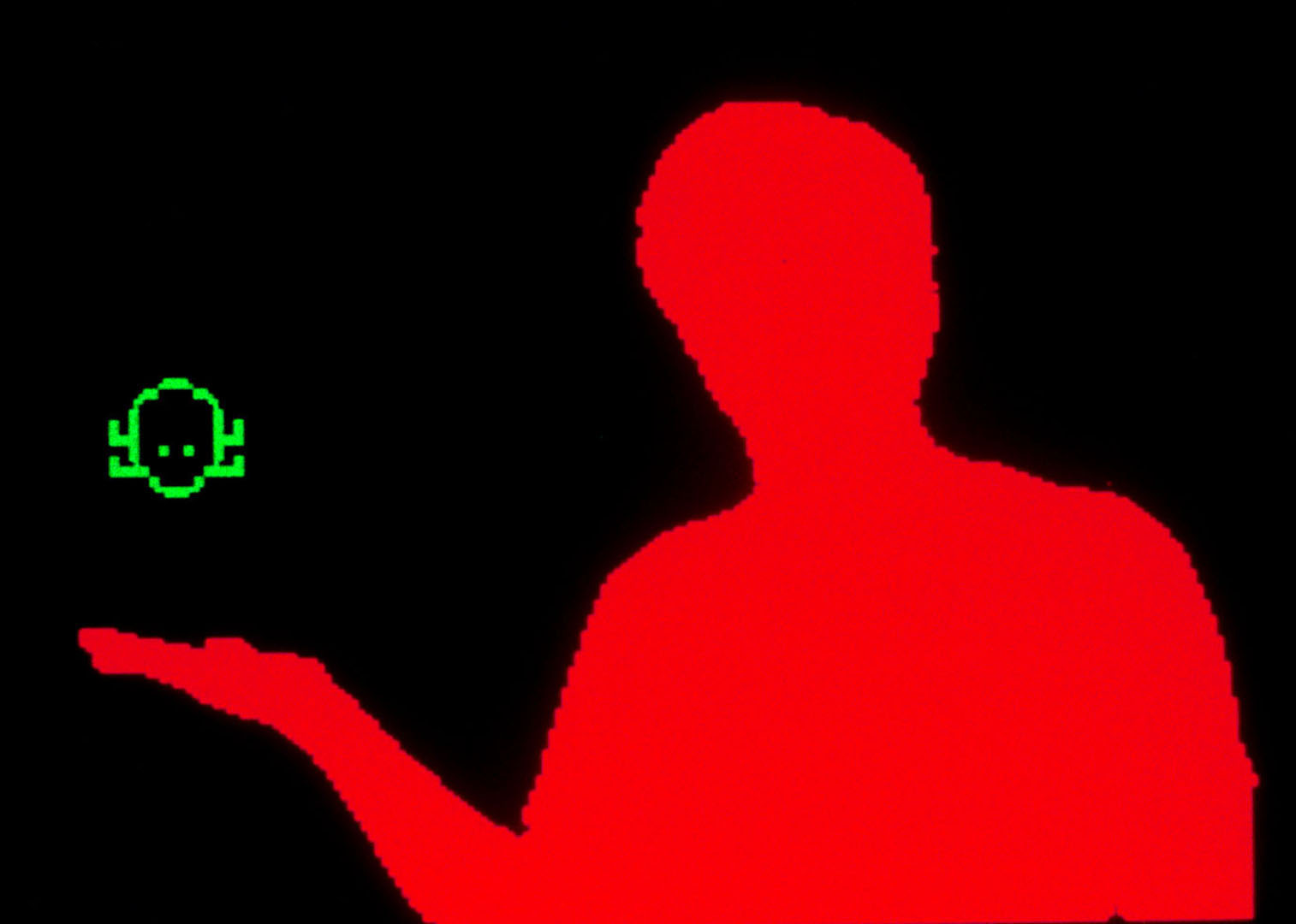American computer artist: Who is Myron Krueger?
Krueger's work inspired today's augmented reality (AR) and virtual reality (VR) technologies. By combining art and technology, he contributed to the concept of interaction between humans and computers.

Virtual Reality is a candidate to be one of the most important technologies of the current century. Although it was initially used only in entertainment events, we have now started to talk about this technology for many sectors. In many engineering applications; Concrete trials of VR technology are being carried out in the military, education, medicine, commerce, transportation, marketing, and many other areas.
Myron Krueger (born 1942 in Gary, Indiana) is an American computer artist who developed early interactive works. He is also considered to be one of the first generation virtual reality and augmented reality researchers. From 1974 to 1978 M. Krueger performed computer graphics research at the Space Science and Engineering Center of the University of Wisconsin–Madison in exchange for institutional support for his "Videoplace" work. In 1978, joined the computer science faculty at the University of Connecticut, where he taught courses in hardware, software, computer graphics and artificial intelligence.
In order to correctly understand and interpret this most popular technology of our age, let's take a look at its journey until today and the important milestones in this journey.
1838 – Invention of the Stereoscope
The origin of VR technology dates back to the stereoscope device, which was invented in 1838 by Sir Charles Wheatstone, one of the important scientists of the 19th century, and which serves to create three-dimensional images.
1929 – Invention of the Pilot Training Simulator
The starting point of the simulators used today for both military and commercial flights and for entertainment purposes was this invention developed by Edwin Albert Link in 1929. Also known as the Blue Box or Link Trainer, this device is known as the world's first commercially built flight simulator.
1935 – Pygmalion's Glasses
We need to evaluate this development as the presentation of a fictional model rather than an invention. When it comes to VR technology today, the first thing that comes to our mind is undoubtedly virtual reality glasses. The short story Pygmalion's Spectacles, written by American science fiction writer Stanley Grauman Weinbaum in 1935, describes today's virtual reality glasses.
1960 – Telesfer Model
One of the most primitive versions of today's virtual reality glasses was invented by Morton Heilig in 1960. Telesfer mask is a portable, individual-use stereoscopic television device that the user can wear on his head. The telesfer mask, which contains equipment such as optical units, television tube units, headphones, and discharge nozzles, was a personalized device that could be adjusted according to the comfort of the person. This device, the first example of a head-mounted display (HMD), was a very important step in the development of VR technology.
1962 – Sensorama
Sensorama, whose work was started by Morton Heilig in the 1950s and registered with a patent obtained in 1962, was a theater cabin that activated not only image and sound but also all the senses. This platform consisted of stereo speakers, a stereoscopic 3D screen, fans, scent generators, and a vibrating chair. This mechanical device, which completely immerses the user in itself, is one of the ancestors of the machines we see in many shopping malls today and which gives people a deep virtual reality experience. Heilig shot and presented five short films to give people different VR experiences.
Myron Krueger (b. April 11, 1942 – d. July 9, 2015) was a pioneering figure in the field of interactive art and virtual reality (VR). Krueger is known for his work on creating interactive environments by combining the fields of art, science, and technology.
In the mid-1970s, Krueger attempted to create an environment in which people interacted with computers, using the term "Artificial Reality". During this period, he developed an interactive environment called "Videoplace". Videoplace was a system that allowed users to interact with virtual objects on a screen using cameras and computers that could detect their movements.
Krueger's work inspired today's augmented reality (AR) and virtual reality (VR) technologies. By combining art and technology, he contributed to the concept of interaction between humans and computers. Myron Krueger is remembered for pushing the boundaries between art and science and for his contributions to the development of interactive art.
